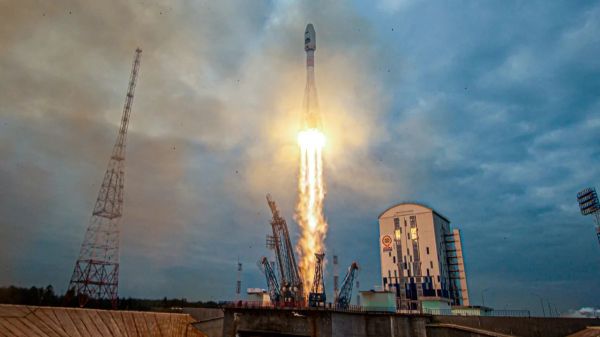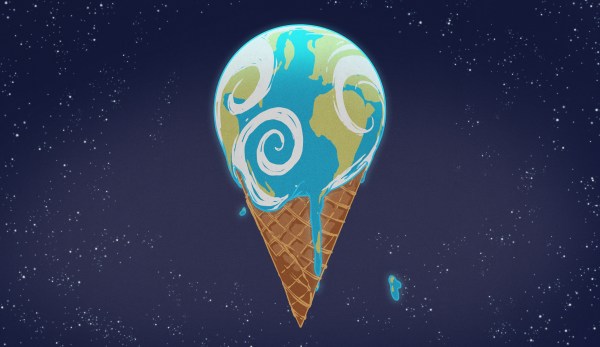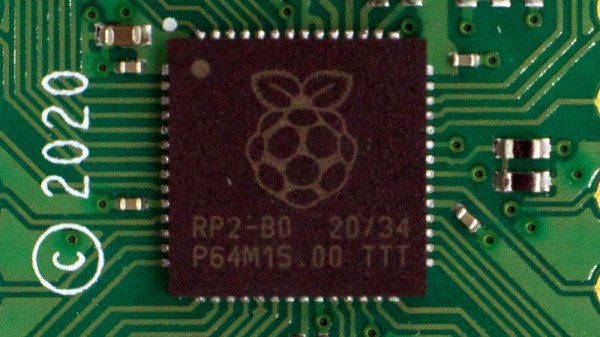The recent news that Russia’s Luna 25 Moon lander had made an unexpected lithobraking detour into the Moon’s surface, rather than the expected soft touchdown was met by a variety of responses, ranging from dismay to outright glee, much of it on account of current geopolitical considerations. Yet politics aside, the failure of this mission casts another shadow on the prospects of Russia’s attempts to revive the Soviet space program after a string of failures, including its ill-fated Mars 96 and Fobos-Grunt Mars missions, the latter of which also destroyed China’s first Mars orbiter (Yinghuo-1) and ignited China’s independent Mars program.
To this day, only three nations have managed to land on the Moon in a controlled fashion: the US, China, and the Soviet Union. India may soon join this illustrious list if its Chandrayaan-3 mission’s Vikram lander dodges the many pitfalls of soft touchdowns on the Moon’s surface. While Roscosmos has already started internal investigation, it does cast significant doubt on the viability of the Russian Luna-Glob (‘Lunar Sphere’) lunar exploration program.
Will Russia manage to pick up where the Soviet Union left off in 1976 with the Luna 24 lunar sample return mission?
Continue reading “Luna 25’s Demise: Raising Fundamental Questions About Russia’s Space Program”



















